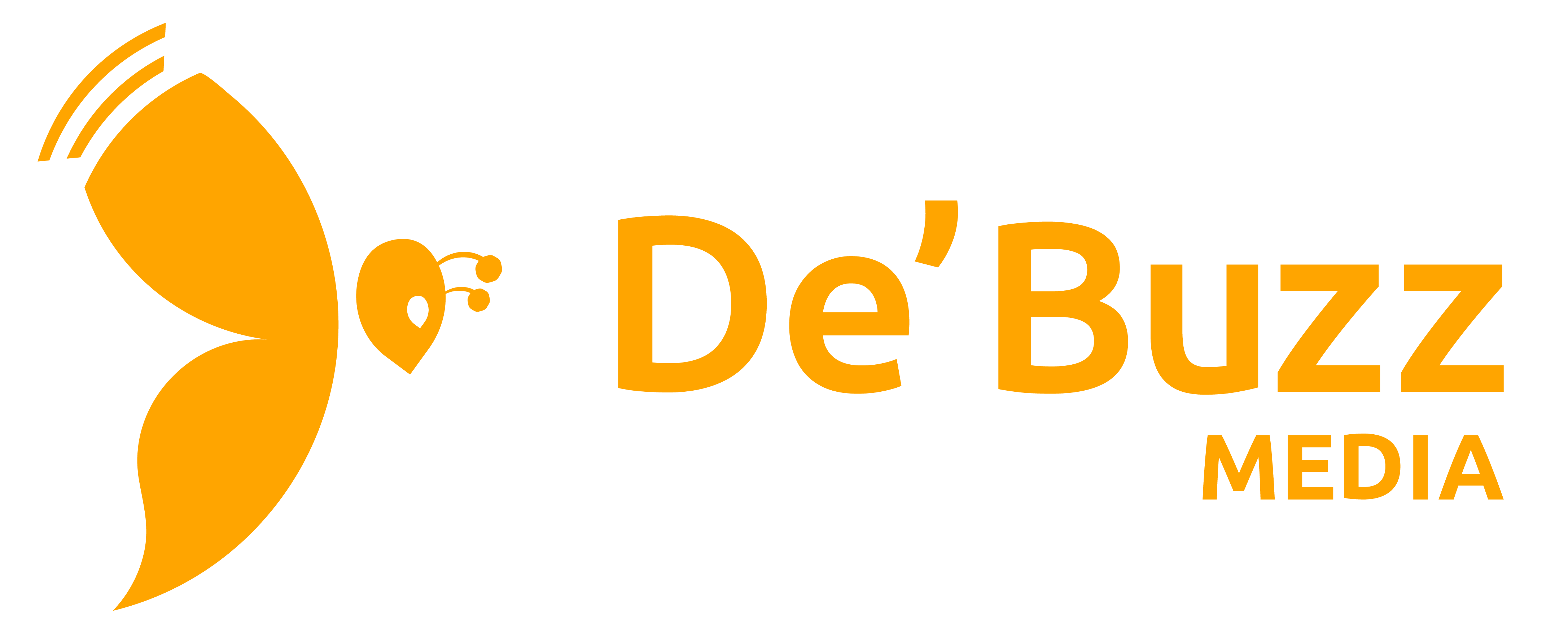This guide walks you through the essentials of planning a digital marketing budget that actually drives sales, grows your brand, and delivers maximum ROI.
Digital marketing is one of the most powerful tools for business growth. Whether you’re a startup or an established brand, reaching the right audience online can make all the difference. However, without a well-planned budget, digital marketing can quickly become expensive with little to no return on investment.
A digital marketing budget is a structured way to allocate resources, ensuring you get the most out of every Naira spent. With the right plan, your business can reach more customers, increase engagement, and drive higher revenue. You can find us here to help with that.
Why Does a Digital Marketing Budget Even Matter?
If you want more visibility for your brand as a business owner, here’s a tip for you; customers and conversion does not come from spending blindly. A strategic budget ensures that every step taken whether it’s for social media ads, content creation or SEO ultimately aligns with your business goals. A well-planned digital marketing budget helps you:
- Avoid overspending on ineffective campaigns
- Focus on strategies that drive measurable results
- Scale your marketing efforts as your business grows
What Are The Key Factors You Might Want to Consider Before Budgeting?
Before allocating funds, it’s important to define:
- Your Business Goals: Identifying your business goals is a crucial step in determining the budget for your digital campaign. Are you looking for brand awareness, lead generation, or direct sales for your business? If that’s what you are looking for, your budget should reflect that.
- Who Your Target Audience: Your target audience should determine how you structure your ads. If you don’t have a defined target audience, you should take the time to figure it out. If you are feeling stuck, ask yourself this question; Who are you trying to reach and where do they spend time online? This should paint a clear picture and guide the overall plan for the budget.
- Your Marketing Channels: The platforms where your ads appear is a key factor in your digital marketing plan. Different platforms have different price points and to create an effective marketing strategy, you must figure out the best platform for your goals and allocate budget to that particular platform. For instance; The cost of running ads on Facebook isn’t the same as instagram. A brand that caters to older people will find more success on Facebook than they will on instagram. In the same vein, a brand that caters to younger people will achieve more results by running ads on Instagram. As a business owner, you must figure all of these factors out in other to achieve the most success in your campaign.
Once these are clear, you can allocate your budget efficiently.
How to Structure Your Digital Marketing Budget
- Paid Advertising (30-50%)
Paid ads are one of the fastest ways to drive traffic and sales. A portion of your budget should go to:
– Social Media Ads: These platforms include; Facebook, Instagram, TikTok, LinkedIn, and Twitter. Finding out where your audience are is crucial to run targeted ads with return on investment.
– Google Ads (PPC): Google ads helps target customers actively searching for your product/service
– Influencer Marketing: Collaborating with trusted voices in your industry is a proven method of increasing brand reach, and sales.
Pro Tip: Start with a small test budget, analyze results, and scale up what works.
- Content Marketing & SEO (20-30%)
Great content helps businesses attract and engage their audience. Budget for:
– Blog posts & SEO: To rank higher on Google and increase organic traffic
– Video Content: Engages audiences on platforms like Instagram Reels and TikTok
– Graphic Design & Branding: Ensures a strong, consistent and professional online presence
- Email & SMS Marketing (10-15%)
– Email automation tools: Invest in email automation tools like HubSpot or Mailchimp helps to nurture leads and convert them into paying customers
– SMS campaigns: A powerful way to reach customers directly, especially in Nigeria
- Marketing Tools & Analytics (10-15%)
– Social media scheduling: Tools like Hootsuite, Buffer and Zoho are great for better content planning
– Analytics & tracking: Google Analytics, Meta Business Suite, or other tracking tools such as the analytics feature on Instagram.
– Customer Relationship Management (CRM) software: Investing in tools like Zoho, Salesforce and Zendesk helps manage leads and sales without having to lift a finger.
- Testing & Optimization (5-10%)
No budget is complete without constant monitoring. Allocate funds for:
– A/B Testing: Running experiments to see which ads or content perform best
– Performance Tracking: Adjusting campaigns based on real-time data
Measuring Success and Adjusting Your Budget
A budget isn’t static, it needs regular reviews to optimize spending. Pay attention to:
-Cost per Click (CPC) & Cost per Lead (CPL): Are your ads generating quality traffic?
-Conversion Rate: How many leads turn into paying customers?
-Engagement Rate: Are people interacting with your content?
Pro Tip: Shift funds from low-performing campaigns to high-performing ones for better ROI.
Planning a digital marketing budget isn’t about spending more rather it’s about spending smarter. By setting clear goals, prioritizing high-impact strategies, and consistently tracking performance, your business can grow efficiently.
Need help structuring your marketing budget? Debuzz Media helps businesses maximize their digital marketing spend for real results.
Let’s Hear From You! How do you currently allocate your digital marketing budget? Share your thoughts in the comments!

